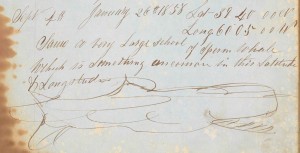(Note: This post was authored by Taylor McNeilly, Processing & Reference Archivist.) Hello, and welcome back to Something Uncommon! I hope everybody had a nice Winter Break (and you weren’t too disappointed that we took some time off from the blog?). This week we’re back, and introducing our newest #WyattWalkerWednesday blog post! This week, we’re actually focusing on Mrs. Theresa Ann Walker, wife to Dr. Walker and activist in her own right.
One of the amazing things about the Dr. and Mrs. Wyatt T. Walker Collection is the inclusion of some of Mrs. Walker’s material. While perhaps not as well known as her husband, Mrs. Walker was nonetheless heavily involved in the Civil Rights Movement and participated in several major protests. In fact, Mrs. Walker was arrested as one of the Freedom Riders during a demonstration in Jackson, Mississippi in 1961.
Some of the material Mrs. Walker included in this collection relates directly to her time in the Jackson, MS jail. Included in that material is the tin cup that Mrs. Walker was given for the five days she was held. Mrs. Walker was also able to remember the layout of the cells she was held in, including the other Freedom Riders held with her and the placement of their cots. Mrs. Walker was kind enough to donate a copy of all her notes, including the layout of the cells and a detailed timeline of her imprisonment.
Mrs. Walker was held from June 21 until June 26. Rev. Walker was also arrested and held in Jackson, along with 15 other Freedom Riders. This was a continuation of a larger demonstration by the Freedom Riders that began in May of 1961. For more information on the Freedom Riders and their part in the Civil Rights Movement of the 1960s, you can always check out Boatwright’s online catalog or the appropriate Wikipedia pages.
For more information concerning the Walker Collection and my progress processing it, please keep an eye on this space! And as always, check out Boatwright’s Facebook, Twitter, and Instagram accounts for even more glimpses behind the scenes while we prep the collection for use.

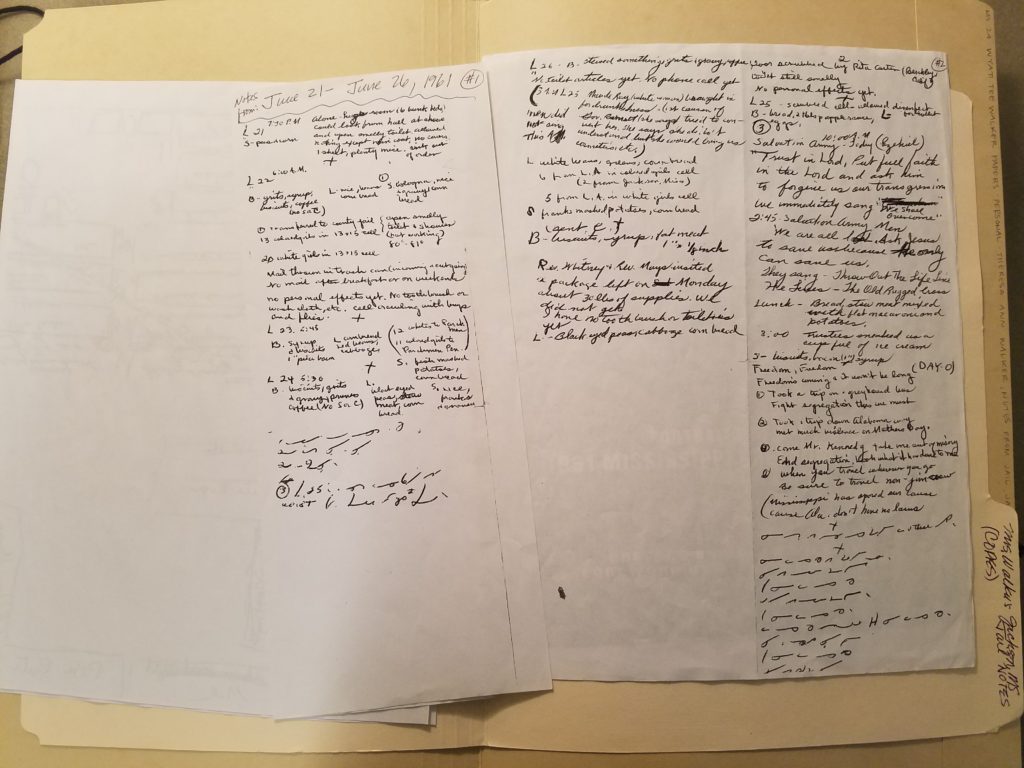

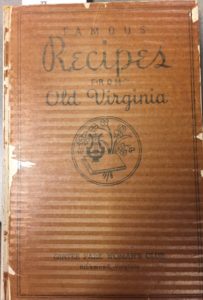
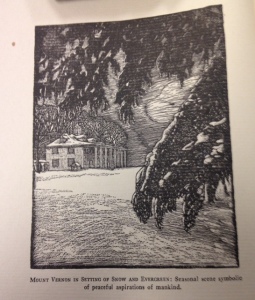
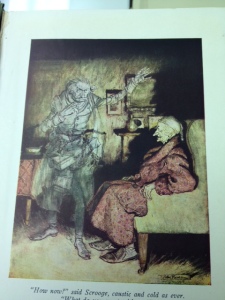
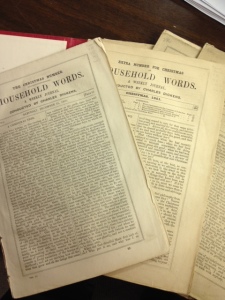
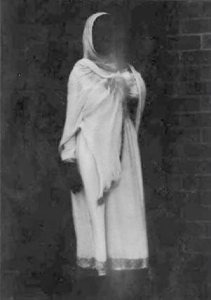 for your entertainment. There are witches on trial and monsters of every description. We have centaurs, gremlins, woodwives, unicorns, dragons, and really ugly bugs from the Rare Book Room and Special Collections. Then, we found some chimera, man-beasts, mythical monsters, and zombies roaming around the circulating collection.
for your entertainment. There are witches on trial and monsters of every description. We have centaurs, gremlins, woodwives, unicorns, dragons, and really ugly bugs from the Rare Book Room and Special Collections. Then, we found some chimera, man-beasts, mythical monsters, and zombies roaming around the circulating collection.